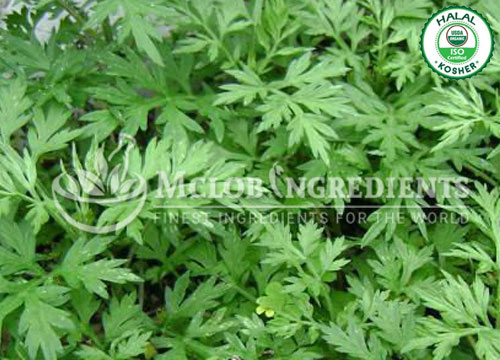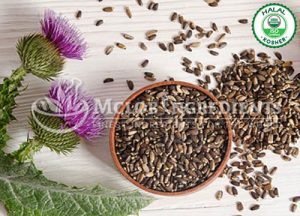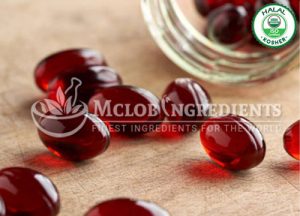Artemisia argyi is a herbaceous perennial plant with a creeping rhizome. It is native to China, Mongolia, Korea, Japan, and the Russian Far East. Artemisia argyi is about 1m tall. The stalked leaves are ovate covered in small, oil-producing glands and deeply divided. The lower leaves are about 6 cm long, bipinnate with wide lanceolate lobes, and along with the margins short teeth. The upper leaves are three-partite and smaller, and the bracteal leaves are simple, lanceolate, and linear. The inflorescence is a leafy narrow panicle. The individual flowers are tubular, pale yellow, and clustered in spherical turned-down heads. The central flowers are bisexual while a female is a marginal flower. The petals are folded cylindrically, narrow and the bracts have a cobwebby pubescence. The plant is strongly aromatic. It is used in herbal medicine for conditions of the liver, kidney, and spleen. It is a common flavoring and colorant in a Chinese dish.
Benefits :
Artemisia argyi is beneficial for the following problems:
- Hypertrophic scars.
- Diarrhea
- Epilepsy
- Irregular menstrual periods.
- Stomach problems (colic, diarrhea, cramps, constipation, slow digestion, vomiting).
- Low energy.
- Anxiety
- Menstrual cramps (dysmenorrhea).
- Excessive crying in infants (colic)
- Constipation
Side effect:
Mild allergic symptoms to Artemisia argyi include:
- Hives or rash.
- Mouth tingling.
- Swollen lips.
- Headaches
- Itching
- Stomach pain.
- Nausea or vomiting.
Precaution:
Avoid in Pregnancy and breastfeeding, Mugwort might cause a miscarriage because it can start menstruation and also cause the contraction of the uterus.







